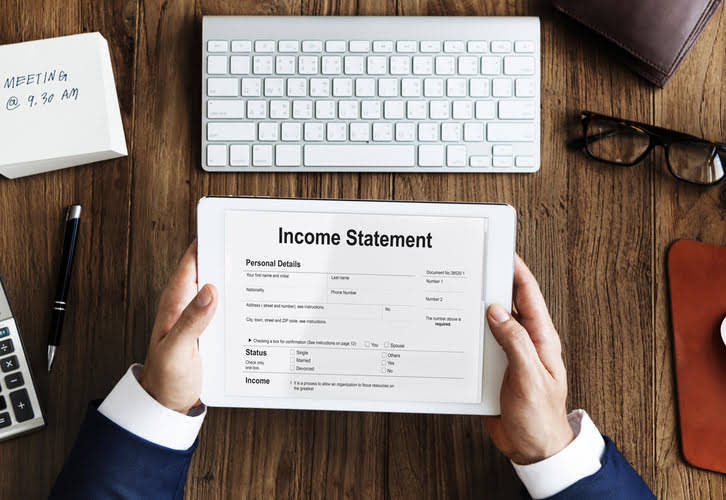Depreciable Property: Meaning, Overview, FAQ

This means there is no depreciation deduction under ACRS in the year you dispose of or retire any of your 3-, 5-, or 10-year recovery property. If you physically abandon property, you can deduct as a loss the adjusted basis of the asset at the time of its abandonment. Your intent must be to discard the asset so that you will not use it again or retrieve it for sale, exchange, or other disposition. You use the full ACRS percentages during the remaining years of the recovery period.
- Depreciation allowable is depreciation you are entitled to deduct.
- However, some type of record containing the elements of an expenditure or the business or investment use of listed property made at or near the time and backed up by other documents is preferable to a statement prepared later.
- For most other changes in method of depreciation, you must get permission from the IRS.
- However, you do reduce your original basis by other amounts, including the following.
- For this purpose, sound recordings are discs, tapes, or other phonorecordings resulting from the fixation of a series of sounds.
- You also generally continue to use the same depreciation method and convention used for the exchanged or involuntarily converted property.
Although your property may qualify for GDS, you can elect to use ADS. The election must generally cover all property in the same property class that you placed in service during the year. However, the election for residential rental property and nonresidential real property can be made on a property-by-property basis. If you place more than one property in service in a year, you can select the properties for which all or a part of the costs will be carried forward. For this purpose, treat section 179 costs allocated from a partnership or an S corporation as one item of section 179 property. If you do not make a selection, the total carryover will be allocated equally among the properties you elected to expense for the year.
Calculating Rental Property Depreciation
Generally, if the property is listed in Table B-1, you use the recovery period shown in that table. However, if the property is specifically listed in Table B-2 under the type of activity in which it is used, you use the recovery period listed under the activity in that table. Use the tables in the order shown below to determine the recovery period of your depreciable property.

This method lets you deduct the same amount of depreciation each year over the useful life of the property. To figure your deduction, first determine depreciable assets the adjusted basis, salvage value, and estimated useful life of your property. Subtract the salvage value, if any, from the adjusted basis.
Assets and Depreciation Explained
But the depreciation charges still reduce a company’s earnings, which is helpful for tax purposes. A way to figure depreciation for property that ratably deducts the same amount for each year in the recovery period. The rate (in percentage terms) is determined by dividing 1 by the number of years in the recovery period.
- The placed in service date for your property is the date the property is ready and available for a specific use.
- You did not elect a section 179 deduction and elected not to claim any special depreciation allowance for the 5-year property.
- You multiply the reduced adjusted basis ($58) by 100% to arrive at the depreciation deduction for the sixth year ($58).
- The depreciation allowance for the GAA in 2025 is $1,920 [($10,000 − $5,200) × 40% (0.40)].
- Go to TaxpayerAdvocate.IRS.gov to help you understand what these rights mean to you and how they apply.
- In accounting terms, depreciation is considered a non-cash charge because it doesn’t represent an actual cash outflow.

